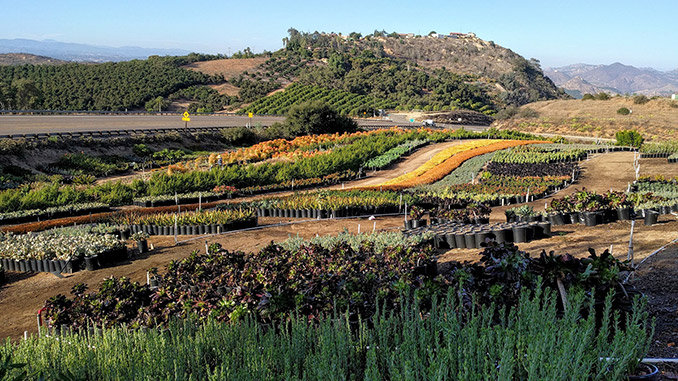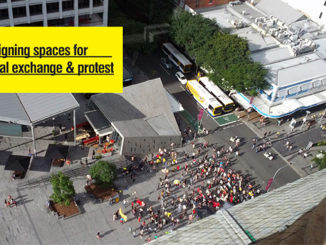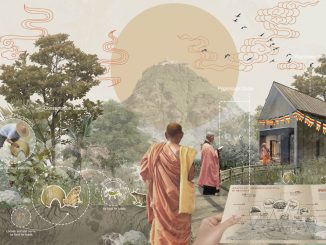
As landscape architects, we design using numerous materials and elements to create a holistic design that relies on suppliers and contractors to provide and install the products in a timely manner to meet deadlines. Whether for large or small projects, landscape architects help set and meet our clients dreams, desires, and expectations. When their expectations are not meet then they are disappointed and lose confidence in the landscape architect.Procurement is the act of acquiring or ordering a product or service, in this post, I look to provide some insights into product procurement for landscape architecture projects.
Trees & Shrubs
There are several issues that as landscape architects you need to be aware of when procuring trees and shrubs:
Advanced trees
When trying to procure advanced trees it is often time that is the biggest factor. If you require a tree of a certain height or shape (espalier, clipped, etc) then you need to allow time for the nursery to be able to grow the tree to reach the desired effect, if they are not available. Large trees that are grown in the ground that need to be shifted and often require to be root pruned in advance, sometimes years ahead of time and also there are only certain planting times that you need to have the groundwork and preparation complete before you can shift the tree.
Certain species
When you or your client wish to use a particular species (e.g. cultivar or new on the market), then often you will face the issue of scarcity and you will need to find specialist nurseries to grow the stock you require.
Large quantities
Scarcity is again an issue with large quantities, especially if you are trying to “match” trees or a have certain aesthetic then having several nurseries supplying stock may not be the result you and your client were hoping for. Often the solution is to engage a nursery to “contract grow” the quantities required to meet the deadline and achieve the best result, this is also the case for large scale parks or large regeneration projects.
Paving Materials
Paving materials are dependent on the supplier, if you are sourcing locally you usually have minimal issues, however, if your product is coming in from overseas or is a new product you may be waiting weeks to months for the contractor to be able to obtain the materials required. This is also exacerbated if you have a custom design such as a non-standard shape or require custom sizes (radiused edging, hexagonal, extra long) or a special treatment.
Furniture
Again like paving materials with furniture you have to be wary of the lead time (weeks-months) to obtain furniture, if it is fully custom design or has non-standard requirements – a colour or finish the lead time will push out as they prepare shopping drawings, a prototype for approval and then start making the number required. Working with furniture manufacturers early in the process you can obtain an idea of how long it may take to produce.
Lighting, Sound, and Wifi
Lighting and Sound systems have many parts and components including the casing, fittings, light source (bulb, LED, etc), drivers and many more parts. Selecting lighting or working with a lighting designer is exciting, however, it is key to remember that the new contemporary fitting from Germany or France may take extra time to get to your location and shipping may take months.
Water Features and Art
Commissioning water features and art from specialists and artists can take time and you and the client need to work with the artist or curator to determine the timeline. The earlier that they are involved the easier the process and commissioning works early in the project is the best way to have the feature/piece in place on opening day. Many projects end up retrofitting the art piece in but often it ends up not the outcome that everyone envisioned. Water Features are more involved requiring water systems, filtration, lighting and more and often cannot be installed after the project has started.
Signage
Engaging a wayfinding and signage consultant is great as it adds a layer to the design that makes the project more holistic design. Again, engaging, commissioning and getting the design approved takes time so the earlier the better.
Often clients don’t have an understanding of what is involved in realising a landscape architecture project and the process required to effectively procure all elements. If you do not educate the client early (and throughout) in the project that they need to start thinking about procuring certain items (and paying you to do so for them) such as advanced trees sometimes years in advance then you will be facing an unhappy client come opening day.
Key Lessons
- Educate clients (at the start and during the project) about the procurement process, the timelines and inform them that everything takes time and in the case of trees it can be years to find and transplate the right tree.
- Working with consultants and suppliers at the start of the project to determine the lead times for producing and delivery. A small change in specification of a product may eliminate long lead times and delivery with a similar result.
- Review your proposed product specifications at regular intervals as suppliers get low on stock, companies stop producing product lines, businesses change ownership and more.
- Be proactive in managing the project, client expectations and timelines.
What makes or breaks your projects is whether you educate your clients about the issues at the very beginning of the project and keeping them informed on the status with gentle reminders that some decisions have deadlines for procurement.
Article Written by Damian Holmes is the Founder and Editor of WLA.
He is also a registered Landscape Architect and has over extensive experience as a landscape architect in Australia, Canada, and China.
Cover Image Credit | Flickr cultivar413




